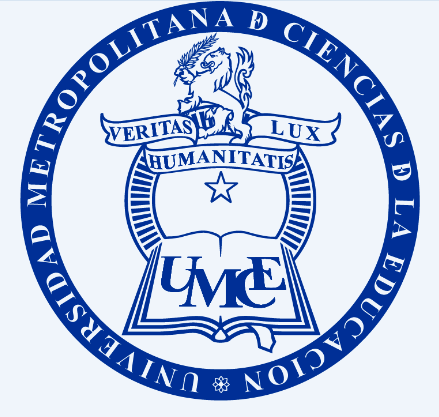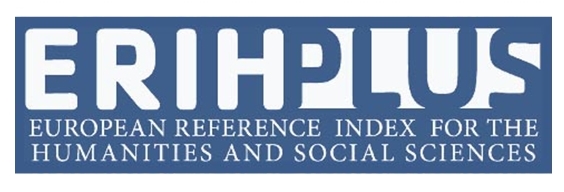Main Article Content
Apr 10, 2017
Abstract
Este trabajo pretende explorar una dimensión de la historia medieval situada en la intersección de la cultura clerical y de la cultura laica. En este caso, nos referiremos al imaginario y al espacio que le es propio en la comprensión de las mentalidades y de las dinámicas históricas. Para ello, hemos interrogado un documento histórico: el discurso que el Papa Urbano II pronunció en el Concilio de Clermont. El marco teórico referencial es el propuesto por el historiador medievalista Jacques Le Goff, en su estudio sobre el imaginario medieval (Le Goff, 1985). Ello ha permitido penetrar el contenido del texto más allá de lo histórico tradicional y revelar el funcionamiento del imaginario simbólico e ideológico como instrumentos y estrategias potentes de persuasión dada su fuerte vinculación con el marco valórico, la tradición histórica medieval.
Downloads
Policies for open access journals
Authors who publish here accept the following terms: Authors will keep their copyright and will guarantee the journal the right to the first publication of their work, which will be subject to the Licence of Creative Commons acknowledgement, which allows for the use of this material only if the authorship is credited and the original source is acknowledged (the journal’s URL), and if it is not used with commercial ends and with any derivations of the original work.
Authors may adopt other non-exclusive license agreements of distribution of the published version (e.g. to save it onto a digital institutional archive or publish it in a monographic volume) only if the initial publication of this journal is indicated.
It is permitted and recommended for authors to divulge their work on the Internet (e.g. institutional digital archives or webpage) before and during the submission process, which may lead to interesting exchanges and increase the citations of the publication. (See Open Access Effect).






